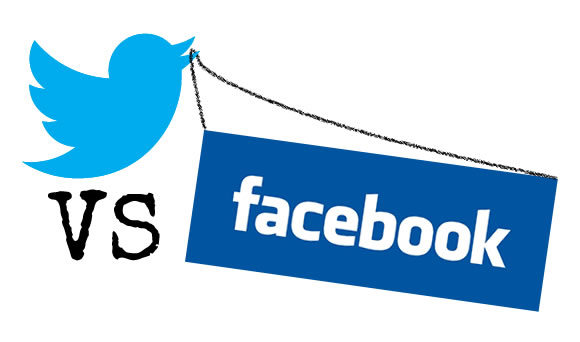This week we've been discussing content marketing, how it works and ways to increase your brands reputation in the lawn and garden industry.
But the one question we keep getting asked is, what kind of content works best?
There are dozens of forms of engaging content, but here are 12 types of content to focus on and how they can be used as part of any content marketing plan.





















